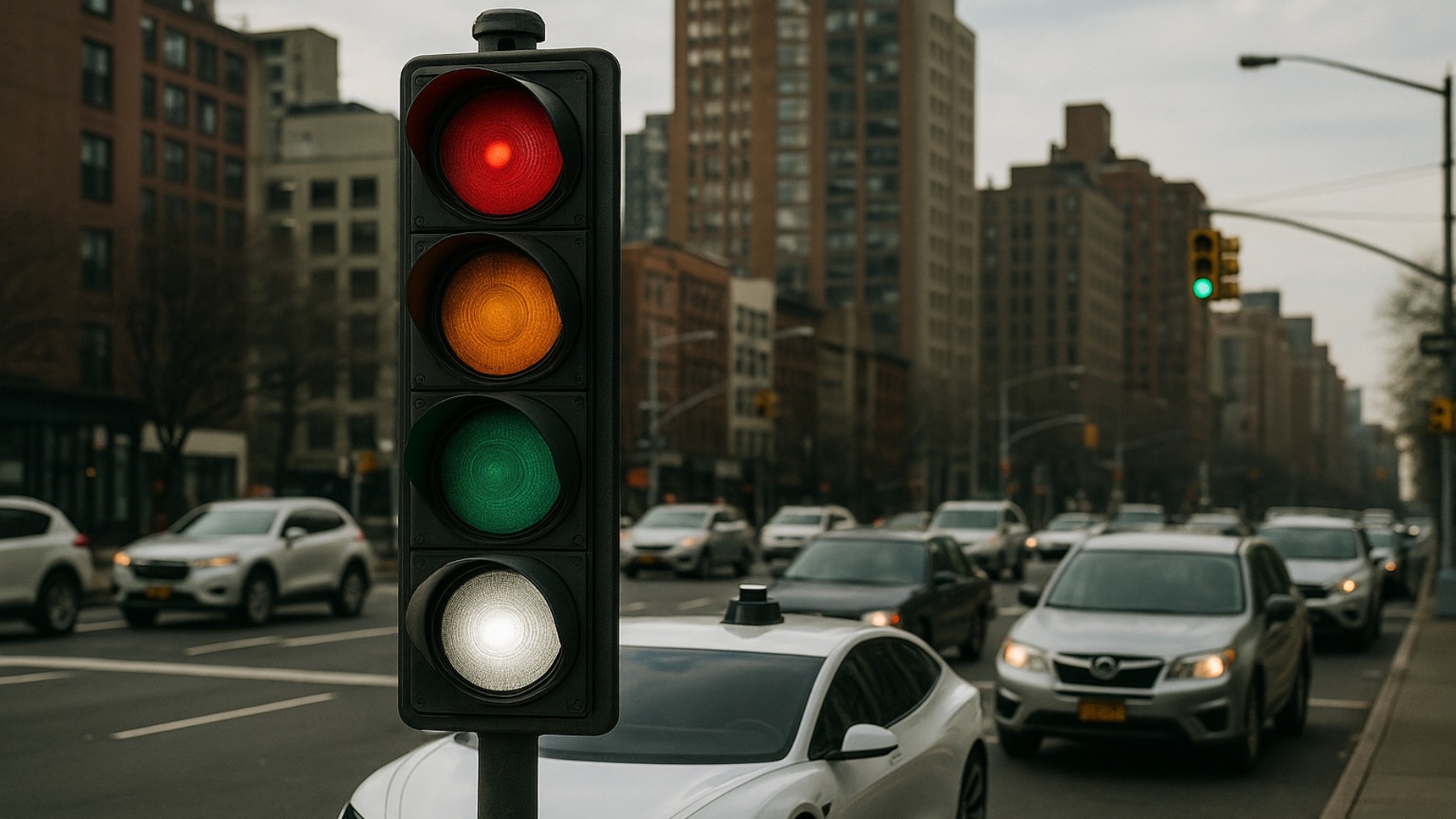It’s official—traffic lights with four colors and a new white light are coming, and they will change the way we drive forever
What are the colors of a traffic light? Red, yellow, and green, right? We all know that red means stop, with yellow we slow down, and when it’s green we can go. However, this could change very soon since scientists from the North Carolina State University (NC State) have proposed adding a fourth color: white.
This new color won’t replace any of the existing, it will be an addition to improve how vehicles move on the road (mainly now when there are more autonomous cars). The goal is to make the roads safer, faster, and efficient; for both human drivers and smart vehicles. So, let’s learn more about these future traffic lights.
This will be used as a special sign to indicate to drivers that autonomous vehicles are controlling the road at that moment. Today, traffic lights tell us when to stop or go on, but autonomous cars can communicate among themselves and with these traffic lights to organize the traffic flow in a faster and more precise way than humans.
When there are enough autonomous cars near an intersection, the white light will turn on. This would mean that cars are coordinating the traffic automatically. So, human drivers wouldn’t have to do anything differently, just simply follow the car in front of them (if that car is an autonomous one, it will know exactly when to continue or stop).
Of course traditional lights (red, yellow, and green) will continue working as usual. The white light will only show up when there are many autonomous cars coordinating among themselves.
The new traffic lights system is based on something called distributed computing, a technology that allows cars and traffic lights to exchange information in real time. So, this is how it would work:
Once there are fewer autonomous cars in the area, the white light will turn off and the traffic light goes back to its usual mode with the three traditional colors. This way, cars could move without waiting for colors to change, and traffic would be faster and more efficient.
According to NC State researchers, the addition of the white light could reduce traffic jams and delays. Studies showed that, even if only 10% of the cars are autonomous, the delays would lower about 3%. In case most cars were autonomous, delays would reduce up to 94%.
This means less time stopped, less fuel consumption, and less pollution. What’s more, it would increase safety since drivers would know when autonomous cars are coordinating the traffic. The white light would be a clear sign that everything is under control and that we only have to follow the traffic flow.
The NC State team is already preparing the first testing of the new system. The experiments will be done in controlled areas, places where autonomous cars already function regularly.
One of the first places to test them could be ports because they have a lot of traffic, but few pedestrians. Also, movements at ports are repetitive and predictable, which allows us to precisely analyze how the new system works.
Even though the suggested color is white, scientists clarified that it could be used a different color. The most important thing is that it’s a light and easy to recognize color. So, this would mark the beginning of a new era where humans and smart cars drive together, using communication instead of just color signals to manage intersections.In the near future, that little extra light — white or another color — could make driving faster, safer, and more efficient for everyone.
© 2025 Unión Rayo
© 2025 Unión Rayo











